Steve Hauschildt
LAMPO PERFORMANCE SERIES
Dec 07, 2013
(8pm)
Performance
Please RSVP
Cleveland-based artist Steve Hauschildt premieres music made in part by gesture—translating movement into sound. In his first multimedia performance using Buchla Lightning as his instrument, Hauschildt will conduct “music in a three-dimensional field.” Designed by synthesizer pioneer Don Buchla, this specialized controller operates on the principles of optical triangulation. Tiny infrared transmitters, built into two handheld wands, transform data, including velocity, acceleration, and pitch, into MIDI signals that are sent directly to synthesizers and electronics, allowing Hauschildt to control the system through gesture as opposed to a traditional keyboard.
Steve Hauschildt (b. 1984, Cleveland, Ohio) is an electronic musician and founding member of the band Emeralds (2006-2013). He has performed throughout North America, Europe, and Japan and has collaborated with Daniel Lopatin of Oneohtrix Point Never, Hollywood sound designer/composer Alan Howarth and Aaron Dilloway of Wolf Eyes, among others. His discography includes Tragedy & Geometry (Kranky, 2011), Sequitur (2012) and most recently, S/H, (Editions Mego, 2013), a two-disc anthology of previously unreleased and rare works from the artist’s archives.
This performance is presented in partnership with Lampo. Founded in 1997, Lampo is a non-profit organization for experimental music, sound art, and intermedia projects. Visit www.lampo.org.

New Architecture Typologies (Proof 001). © WEATHERS / Sean Lally LLC.
The Air from Other Planets: A Brief History of Architecture to Come
Sean Lally
Dec 05, 2013
(6pm)
Talk
Please RSVP
Architect Sean Lally will discuss his Graham-funded book The Air from Other Planets: A Brief History of Architecture to Come (Lars Müller Publishers, 2013)—a speculation into an architecture produced by designing the energy within our environment (electromagnetic, thermodynamic, acoustic, and chemical). This architecture exchanges the walls and shells we have assumed to be the only type of attainable architecture for a range of material energies that develop shapes, aesthetics, organizational systems, and social experiences. In this world, energy emerges as more than the substance that simply fills the interior of a building or reflects off its outer walls. Instead, energy becomes its own enterprise for design innovation: it becomes the architecture itself.
Please join us for a reception and book signing in the Graham Foundation bookshop following the talk.
Sean Lally is the founder of Chicago-based design office WEATHERS/ Sean Lally LLC. Recent projects include proposals for the Gdansk Museum of WWII; an extension to the Stockholm City Library; and a proposal for the urban redevelopment of Reykjavik, Iceland. Lally was co-editor and contributor to Softspace (Routledge, 2007) and guest-editor of Energies: New Material Boundaries (Wiley Press, 2009). In 2011–12, he received the Rome Prize from the American Academy in Rome and in 2012, he received the Architectural League Prize for Young Architects and Designers. He is currently assistant professor at the University of Illinois at Chicago’s School of Architecture.

Dick Higgins: The Thousand Symphonies
FULCRUM POINT NEW MUSIC PROJECT
Nov 21, 2013
(6pm)
Please RSVP
The Graham Foundation is pleased to present a live performance of The Thousand Symphonies, a seminal work by Fluxus artist Dick Higgins. In 1962, Higgins wrote a series of events called Danger Music, which were designed to alternately put the body of the performer, composer, or audience member at risk. In 1968, he realized one of these pieces by having a New Jersey police officer fire a machine gun at a few hundred sheets of orchestral music paper. An ensemble later played the holes. An act of simultaneous destruction and creation, the gesture emphasized the use of guns for a purpose other than killing Viet Cong and scattering protestors.
Recently, Rosenthal Fine Art, in collaboration with the Dick Higgins Estate, arranged with the City of Chicago to have four Chicago Police officers shoot new notation paper. On November 21 at the Graham Foundation, a live orchestra led by Stephen Burns will play the new sheets following the presentation of a short film documenting their creation. The ensemble will borrow the form of Stravinsky's L'histoire du Soldat (The Soldier’s Tale),with instruments from every section of the orchestra, plus electric guitar, which effectively updates the orchestration.
Special Thanks to the Chicago Police Department, James and Susan Allen, and to the Fulcrum Point New Music Project ensemble:
Stephen Burns, artistic director/conductor
Janice Misurell-Mitchell, flute
Lewis Kirk, bassoon
Jeremy Ruthrauff, saxophone
Andy Baker, trombone
Tina Laughlin, percussion
Alison Attar, harp
Steve Roberts, electric guitar
Reiko Seko, violin
Collins Trier, bass

9999: History and Philosophy
Carlo Caldini
Nov 12, 2013
(6pm)
Talk
Please RSVP
The Graham Foundation is pleased to welcome architect Carlo Caldini, one of the founding members of Italian avant-garde Gruppo 9999. Caldini will discuss the history and philosophy of Gruppo 9999, including its contributions to MoMA’s 1972 exhibition Italy: The New Domestic Landscape.
Founded in 1967 by Giorgio Birelli, Carlo Caldini, Fabrizio Fiumi, and Paolo Galli while they were students of architecture at the University of Florence, Gruppo 9999 was conceived as a research and work group dedicated to architectural experimentation and sustainability. Its large-scale projects and environments brought to the forefront questions of ecology, global transformation, and man’s relationship to the environment. Notably, in 1972, Gruppo 9999 won MoMA’s “Competition for Young Designers” with its project the Vegetable Garden House. Included in MoMA’s ground-breaking exhibition Italy: The New Domestic Landscape, the Vegetable Garden House developed out of Gruppo 9999’s earlier experiments conducted in Space Electronic, an avant-garde discothèque the group founded and designed in Florence in 1969.
Carlo Caldini (b. 1941, Florence, Italy) is a Florence-based architect whose work combines professional practice, teaching, and academic research. In 1964, together with architects Mario Preti and Walter Natali, he travelled extensively in India to study Chandigarh and other Indian cities. From July 1967 to February 1968, he and Preti visited the United States and Canada to study new university campuses. The program was sponsored by the Council on Leaders and Specialists, Bureau of Educational and Cultural Affairs, US Department of State.
For more information on the exhibition, Environments and Counter Environments. “Italy The New Domestic Landscape,” MoMA, 1972, click here.
Image: 9999, Bedroom for the Vegetable Garden House, 1972. Courtesy of 9999 Archive. Environments and Counter Environments. "Italy: The New Domestic Landscape," MoMA, 1972.
Support for this presentation has been provided by the Graham Foundation for Advanced Studies in the Fine Arts in collaboration with the Italian Cultural Institute of Chicago.
For more information on the exhibition, Environments and Counter Environments. "Italy: The New Domestic Landscape,” MoMA, 1972, click here.

Rajon ki Baoli, Rajasthan, India.© Victoria Lautman.
Subterranean Ghosts: India's Vanishing Stepwells
Victoria Lautman
Nov 04, 2013
(6pm)
Talk
Please RSVP
Stepwells are a form of architecture unique to South Asia that first appeared in rudimentary form in India between the 2nd and 4th centuries A.D. Sunk deep into the earth, these underground edifices not only harvested and preserved water, but also functioned as civic centers, temples, cool retreats, and caravan stops. However, as many stepwells have been barricaded, filled in, repurposed, or altogether destroyed, they are quickly disappearing from historic record.
Journalist Victoria Lautman is a frequent traveler to India and former contributing editor for Architectural Record, Metropolitan Home, HG, Art+Auction, and Chicago magazine. In India, she’s written for The Hindu, Architectural Digest, Vogue, and GQ. Her writing about India has also appeared in Town & Country, ArchDaily.com, and The Huffington Post. Lautman’s long-running radio programs were heard on WFMT and WBEZ.
This talk is co-sponsored by AIA Chicago and Society of Architectural Historians.
Related Links
Society of Architectural Historians
http://www.sah.org/conferences-and-programs/events-and-opportunities/2013/09/25/subterranean-ghosts-india-s-vanishing-stepwells
AIA Chicago
http://www.aiachicago.org/events.asp#November2013

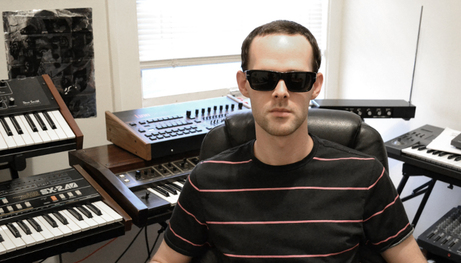
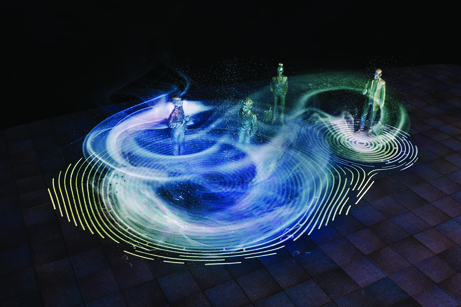
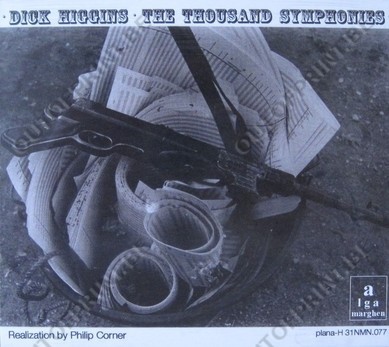
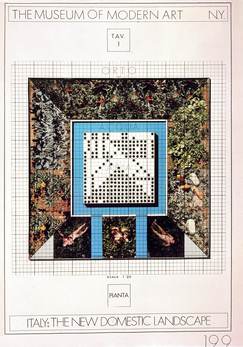
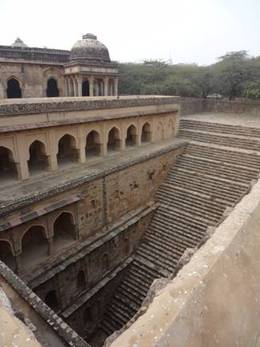
 PREVIOUS POSTS
PREVIOUS POSTS